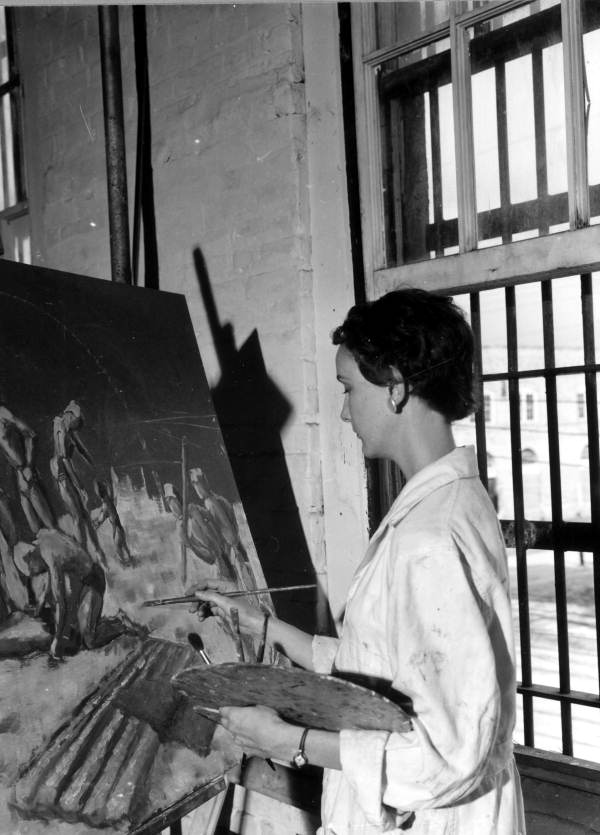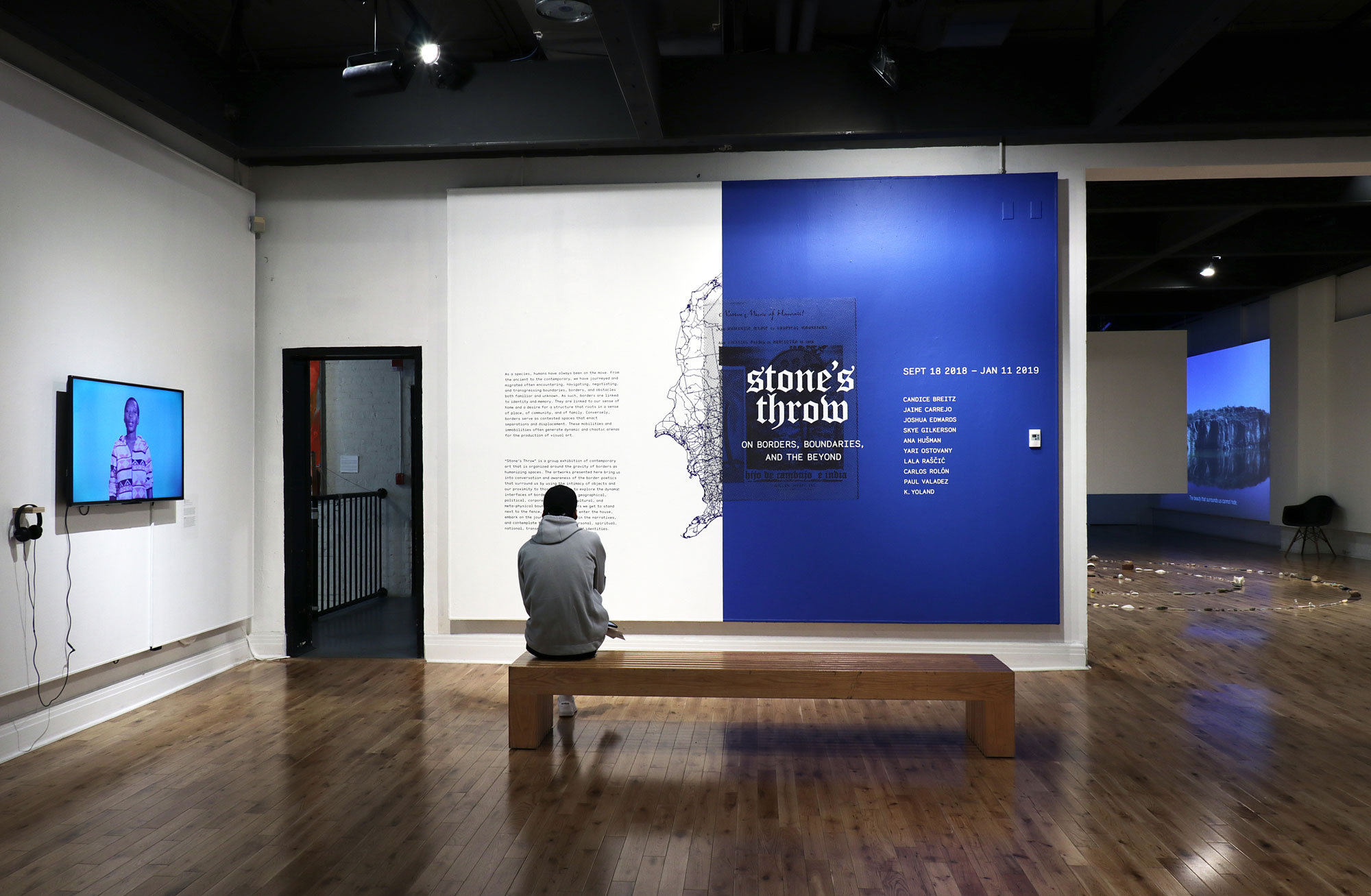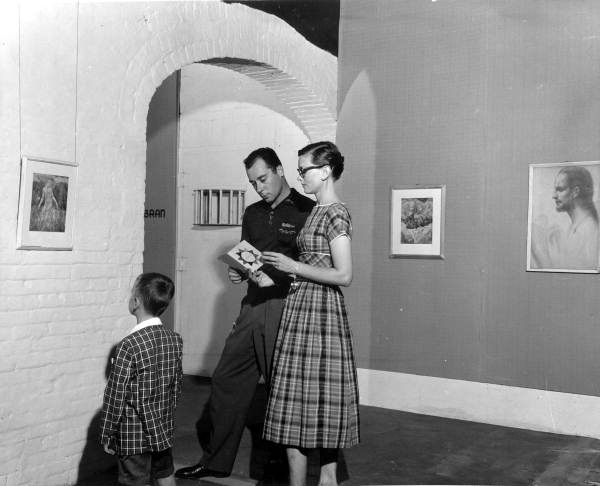1906

As a Jail
1906
In 1906 the City of Pensacola made plans to construct a two-story building to house the City Jail, City Courthouse, Police Department, and Shore Patrol. Built in Spanish Revival Style, it was the first permanent jail in the community. Prior to that there were only small, makeshift facilities to hold prisoners. Building the structure was culturally significant because it was physical evidence of the community’s commitment to public safety and justice.
The judge heard cases on assault, public drunkenness, disorderly conduct, selling liquor on Sunday, traffic offenses, lewdness, and other misdemeanors. From 1908 until the 1940’s the jail usually housed 15 to 25 prisoners, three or four being women. The jail served the community for four decades until the needs of a growing population outgrew the 12,000-square foot structure.
As an Art Center
1954
In 1954, members of the local chapter of the American Association of University Women (AAUW) envisioned a venue to exhibit traveling art exhibitions, offer art classes for both children and adults, and provide a community space for public meetings, lectures, films and other cultural presentations. Joining with others in the community who shared this vision, they formed the Pensacola Art Association.
When the City of Pensacola replaced the City Jail in 1954, the Pensacola Art Association sought to secure the building. The Spanish Revival structure was well-suited to become an arts center. The jail was already fireproof, secure and centrally located in Pensacola’s historic downtown district. The City agreed to lease the jail for $1 a year and the Art Association’s board members transformed the former jail cells into exhibition spaces. The Art Association (which became the Pensacola Museum of Art in 1982) purchased the building in 1988.
1906

1906

As a UWF Museum
2016
In 2016, the Pensacola Museum of Art entered into a gift agreement with the University of West Florida to transfer the museum to the university. The PMA is now part of the University of West Florida Historic Trust, which maintains 30 historic properties in northwest Florida. As part of a complex of 11 interpreted sites in downtown Pensacola, the PMA benefits from collaborative programming and operations with the larger organization.
As a Direct Support Organization of the university, educating and training students is a central part of the Museum’s mission. However, the PMA also has major responsibilities outside of the realm of university functions and is the central art institution serving Pensacola and the greater Northwest Florida community.


